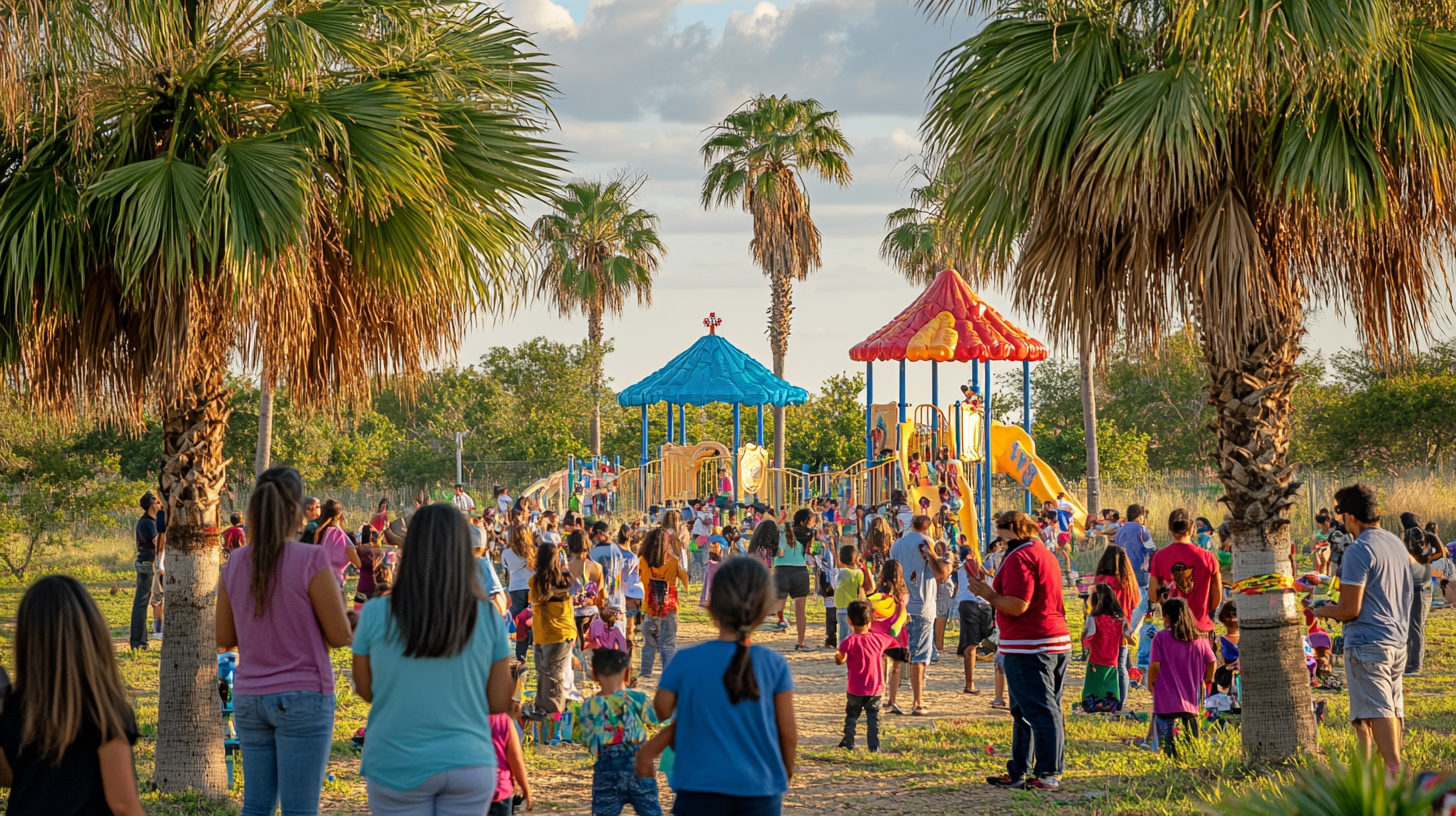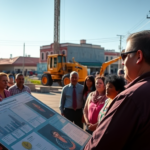**Valley Leaders Call on Legislators to Create Flood Control District**
In a significant move to address persistent flooding issues, Valley leaders are urging legislators to establish a dedicated flood control district in the Rio Grande Valley (RGV). This proposal aims to enhance infrastructure, streamline flood management efforts, and reduce the impact of severe weather events that have long plagued South Texas communities.
Spotlight on Flood Management Needs
The call for a flood control district underscores the urgent requirement for comprehensive flood management strategies in the RGV. The region experiences recurrent flooding due to its geography and climate, creating disruptions for Valley residents and threatening local economies. By creating a formal district, proponents argue that RGV news will benefit from focused resources and governmental attention dedicated to mitigating flood-related challenges.
Local officials, including Hidalgo County Commissioner David Garza, have expressed strong support for the proposal. “Creating a flood control district is a crucial step in safeguarding our communities from the recurring devastation caused by floods. It would allow us to coordinate efforts and resources more effectively, reducing the burden on local governments and ultimately serving the interests of our community better,” Garza stated.
Background: A History of Flooding Challenges
Flooding in the RGV is not a new phenomenon. Over the years, major storms have left a trail of destruction, necessitating costly repairs and affecting thousands of residents. The 2018 June floods, for instance, caused widespread damage, prompting calls for improved infrastructure and better preventative measures. However, despite repeated requests for action, the region’s flood management capabilities remain limited and fragmented.
In the absence of a centralized flood control body, local efforts have struggled with inconsistent funding and planning. This fragmentation often leads to reactive, short-term solutions rather than long-term strategies. The proposed district seeks to change this dynamic by creating a unified approach to flood control, potentially transforming how the Valley tackles this pervasive issue.
Community Impact and Perspectives
The potential impact of establishing a flood control district for the RGV is profound. By prioritizing flood management improvements, the initiative seeks to protect homes, businesses, and infrastructure while ensuring economic stability. For Valley residents, this means fewer disruptions, lower repair costs, and a safer environment.
Maria Lopez, a local business owner in McAllen, highlighted the daily impact of flooding on her operations. “Every major storm puts my livelihood at risk,” she said. “Having a dedicated flood control district could mean better planning and protections for businesses like mine, letting us focus on what we do best without constant fear of flood damage.”
Nevertheless, the proposal is not without its concerns. Some residents question the potential cost implications and whether the implementation of a new district will lead to increased taxes or fees. Proponents assure citizens that the benefits of efficient flood management far surpass any financial investment, particularly in long-term savings and community safety.
Tying into Previous Initiatives
This latest push for a flood control district aligns with ongoing regional discussions surrounding climate resilience and infrastructure improvements. In the past, various initiatives have attempted to address specific flooding concerns through infrastructure upgrades and collaborative partnerships. However, the establishment of a formal district marks a significant evolution in these efforts.
Local experts suggest that integrating past lessons with new strategies could yield effective results. “We’ve seen what works and what doesn’t,” said Dr. Emily Vargas, a civil engineer specializing in water resource management. “By learning from previous projects, we can implement best practices and technologies that make a tangible difference in flood management.”
Looking Ahead: The Future of Flood Management
As the proposal gains momentum, its future implications for the community are considerable. Beyond immediate infrastructure benefits, the creation of a flood control district could pave the way for sustainable development, reduce insurance costs, and improve property values across the region.
Moreover, a successfully implemented district might serve as a model for other flood-prone areas in Texas and beyond, demonstrating how early intervention and careful planning can transform local impact stories into wider successes.
With a keen focus on maintaining transparency and garnering public support, lawmakers and local leaders are slated to engage with community members through town halls and public meetings. These forums aim to inform residents about the proposal, gather feedback, and ensure that any flood control measures align with the community’s needs and priorities.
Resources and Further Information
For those interested in learning more about the proposed flood control district or participating in upcoming discussions, contact the regional planning office or visit their official website for details on public sessions and ways to get involved.
In conclusion, as the Rio Grande Valley faces mounting pressure from environmental challenges, the proposal for a flood control district represents a proactive step towards securing a resilient future. By prioritizing local interest and community involvement, leaders are working towards a safer, more prosperous RGV for all.







